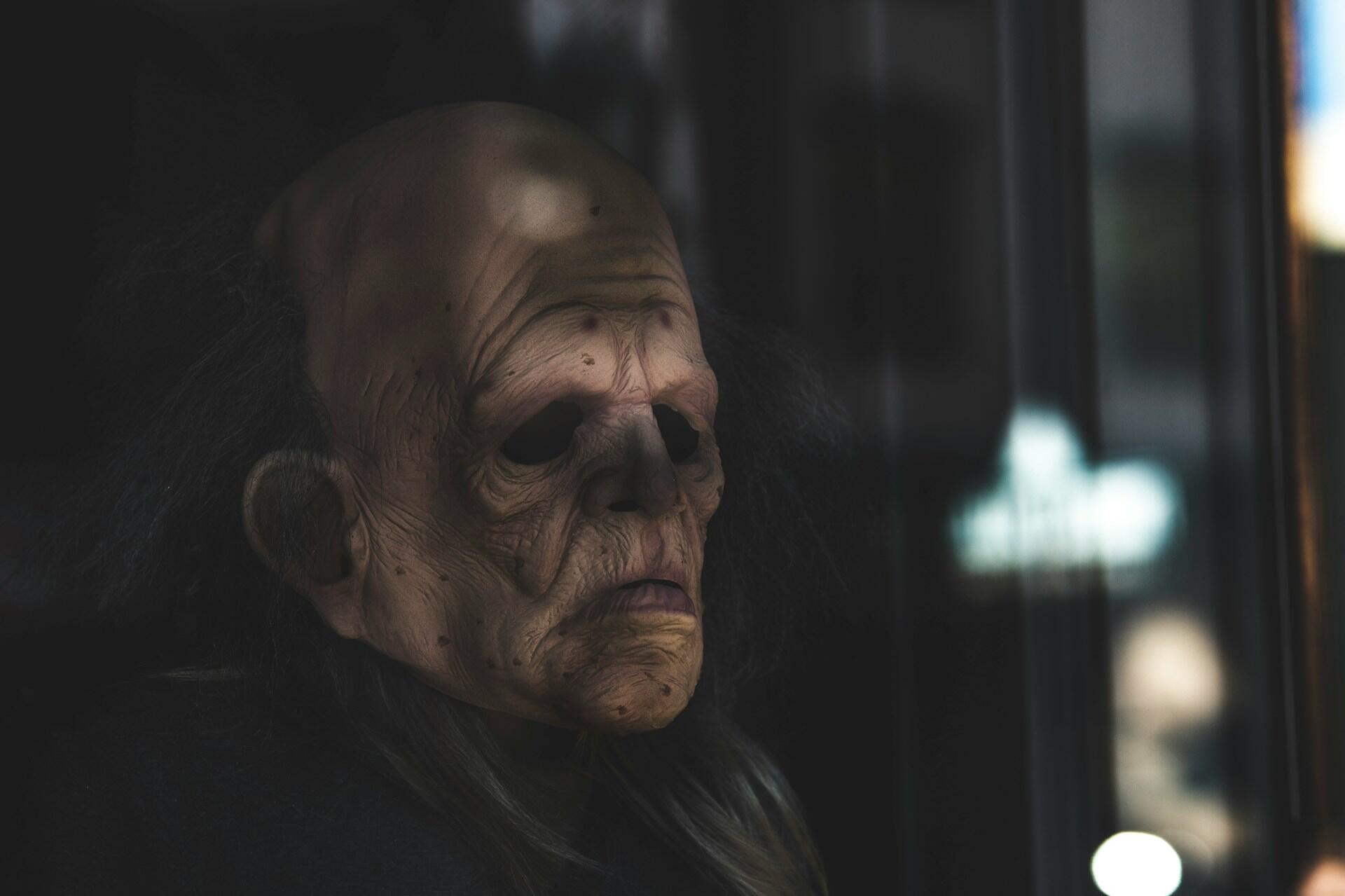When people think of Frankenstein, they usually imagine a tall, green-skinned, misshapen creature with bolts on his neck. That is not the vision of monstrosity that Mary Shelley created. Her creature was a victim, intelligent but lonely and longing, and ultimately abandoned by the monster who created him.
Frankenstein Monster Meaning: Things to Know
- Mary Shelley did not name her creature.
- The author presents many themes throughout her tale.
- Ms Shelley drew on personal experiences as well as the events of her time to create her story.
- In this story's many retellings, evil is assigned to the creature rather than the creator.

Frankenstein Monster Analysis: How the Monster Came to Be
In Geneva, a middle-class family was raising a son who had a fascination with alchemy. Later, his desire to convert ordinary materials into precious substances gave way to an interest in science.
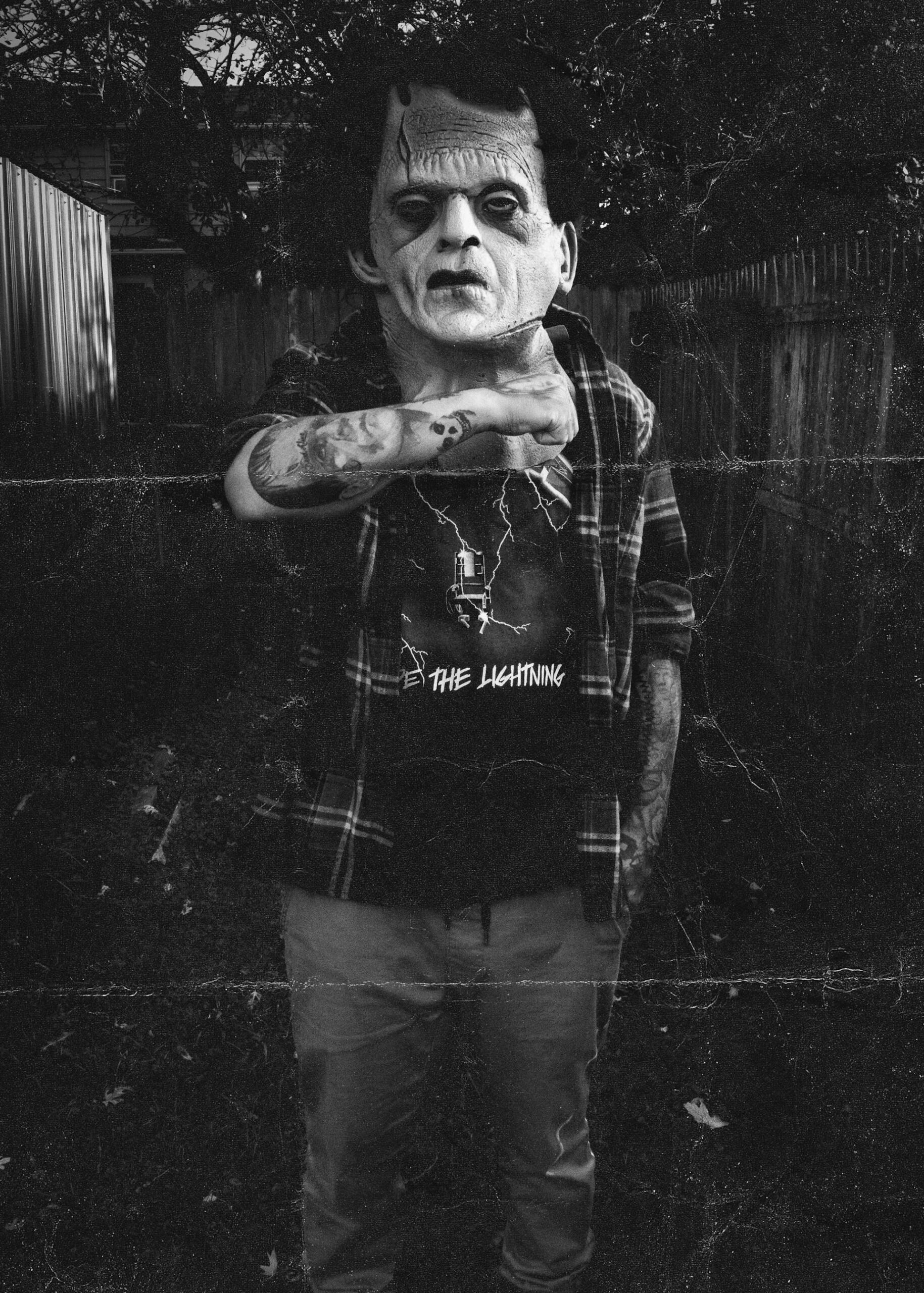
His mother dies as he enters young adulthood. Though the author never makes it clear, this loss was likely also the loss if his moral anchor. He creates a being, but once his creature becomes conscious, the creator grows terrified and runs away. From here, the story splits.
The creature sees what it's like to be included, accepted, and loved. thanks to his keen observations of a family he shelters next to. He sees no reason why she shouldn't have that inclusion and acceptance. He also learns how to speak, read, and write. This self-education leads him to discover who created him, and how.
Believing himself to be sufficiently socialised, he introduces himself to his neighbouring family. The sight of him repels them, so they drive him away.
The creature saved the family's daughter from drowning. Rather than consider his actions, the parents believed he was attacking her, so they shot him.
The creator, meanwhile, gets on with his life, apparently uncaring of the creature he's brought forth. He's back in his hometown, welcomed back into the family. The creature, intent on confronting him, follows him here. He lashes out against his creator's brother, a murder the family's servant gets blamed for.
Victor, the creator, suspects his 'monster' but lets the servant take the blame.
Later, the creature finally gets his confrontation. It's neither bitter nor hateful; all he asks for is a companion to spend his days with. At first, the creator agrees and sets to work but, later, fears they might create a monstrous child. So, he destroys all the work he'd done thus far.
Of all English literature's monsters, Frankenstein's creature is arguably the most misunderstood. His appearance is enough to frighten people into violence against him, never mind that he's gentle, caring, and educated. The prejudice against him drives him to seek revenge; these are two of this story's dominant themes.
Frankenstein Monster Meaning: Themes and Symbols
Symbolism isn't as common in Mary Shelley's work as it is in Victorian literature such as Dr Jekyll and Mr Hyde. Light is this work's dominant symbol. The monster must cower in darkness but Frankenstein lives in the light. Themes are far more plentiful in this story.
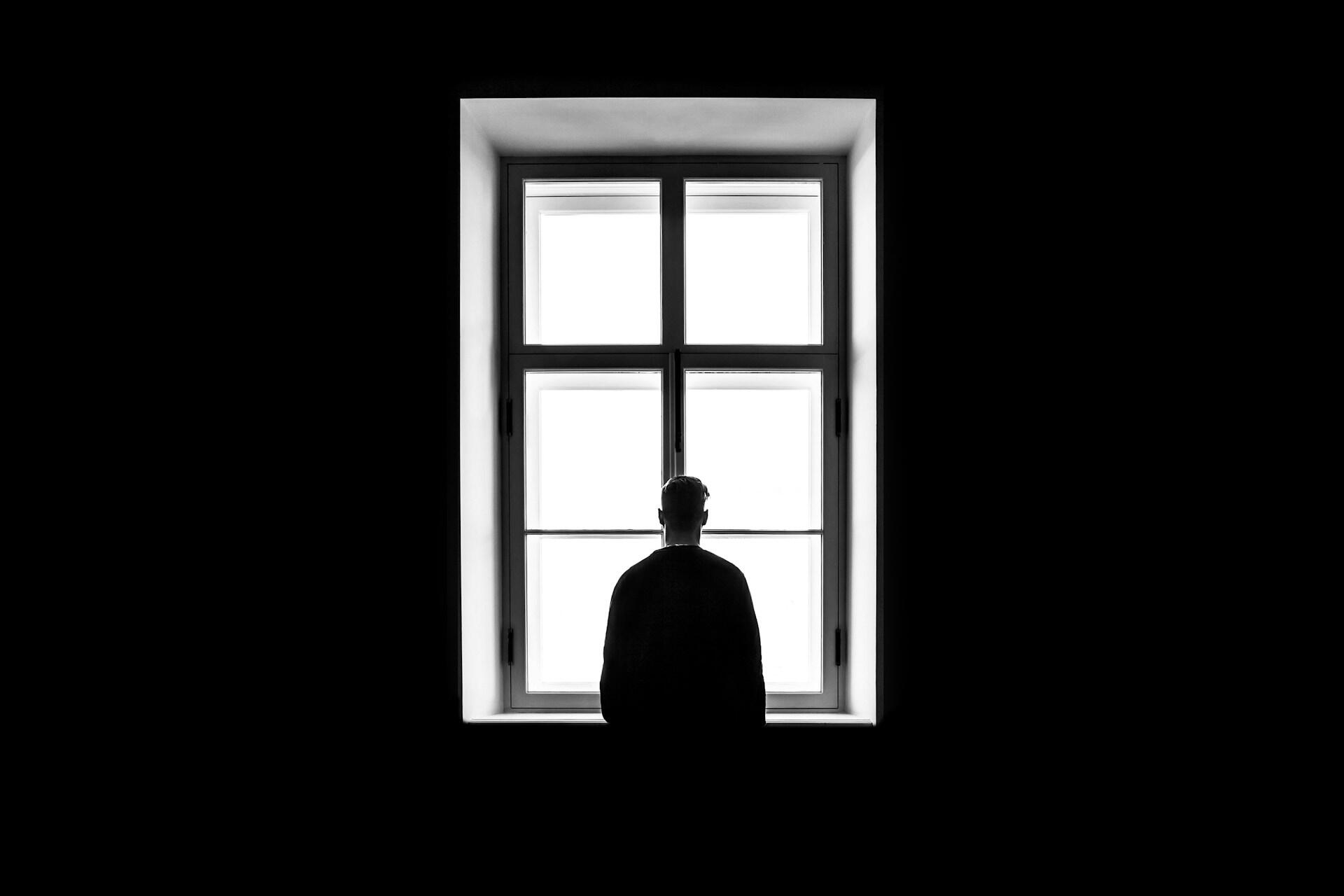
Isolation and Belonging
Frankenstein isolated himself so he could create his monster, but he soon returned to his fold. The creature, on the other hand, suffered in perpetual isolation and never had a chance at belonging.
Curiosity
Intellectual curiosity is not usually a bad thing but, in this case, it goes horribly wrong. Frankenstein reveals as much towards the story's end, as he cautions Captain Walton about his dangerous pursuits of knowledge.
Ambition
We learn of Victor's ambition to create a being out of intellectual curiosity and scientific pursuit. However, the more likely reason was hubris, as he runs away from his creation. He shows no desire to understand his creature, or to teach it to benefit humanity, as he claimed his motivation was.
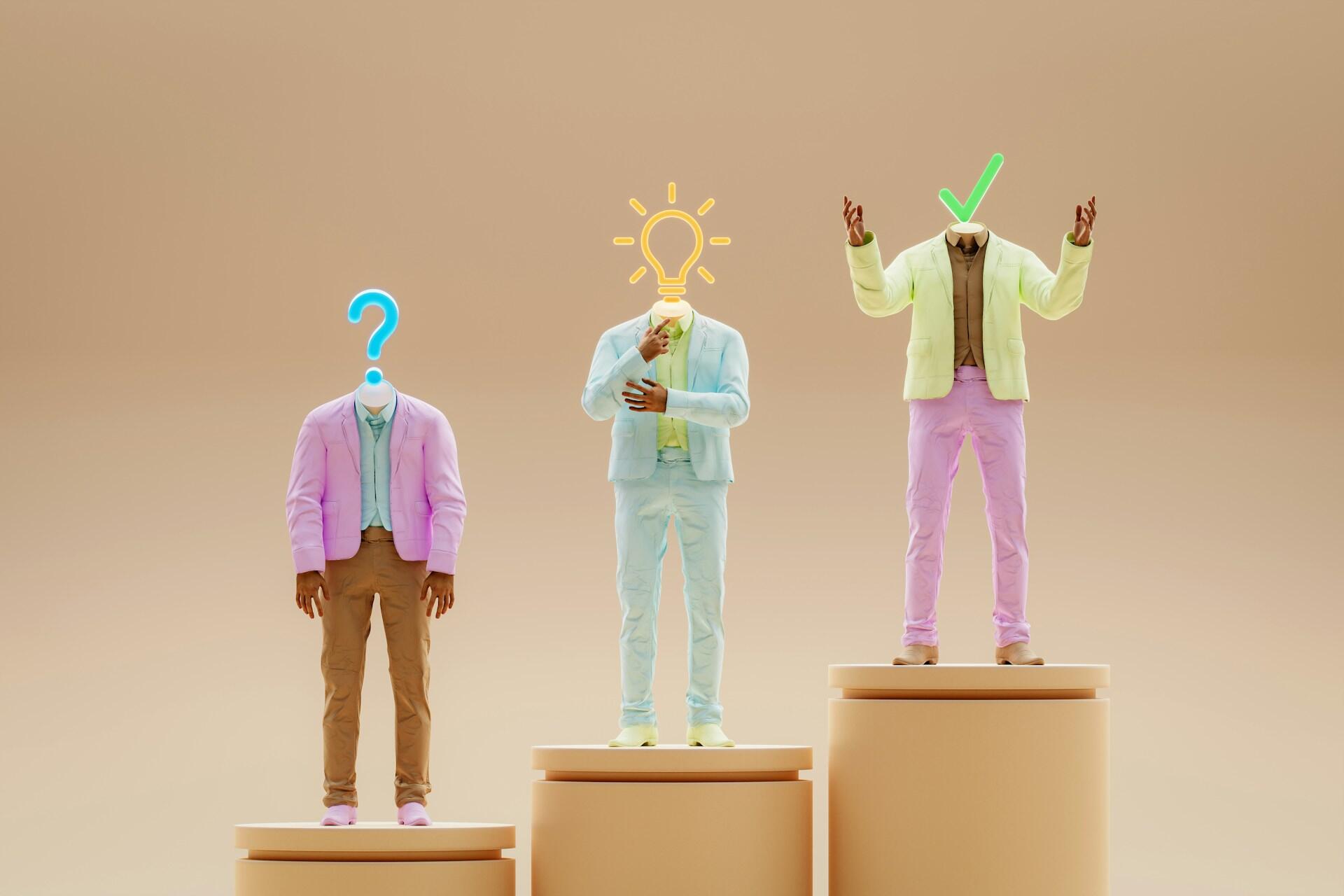
Prejudice
Every character treats the creature as a monster based solely on his appearance. The only exception is De Lacey, the man who cannot see him. The creature, by contrast, bears no prejudice against humanity. In this way, Ms Shelley emphasises that bias is a toxic human trait.
Social Responsibility
Frankenstein creates this being and takes no responsibility for its or his own actions. He allows the family servant to stand accused of his brother's murder, knowing it was likely his creation that committed that act. He cannot bear the idea of his creature reproducing because the children might be as loathsome as their parents.
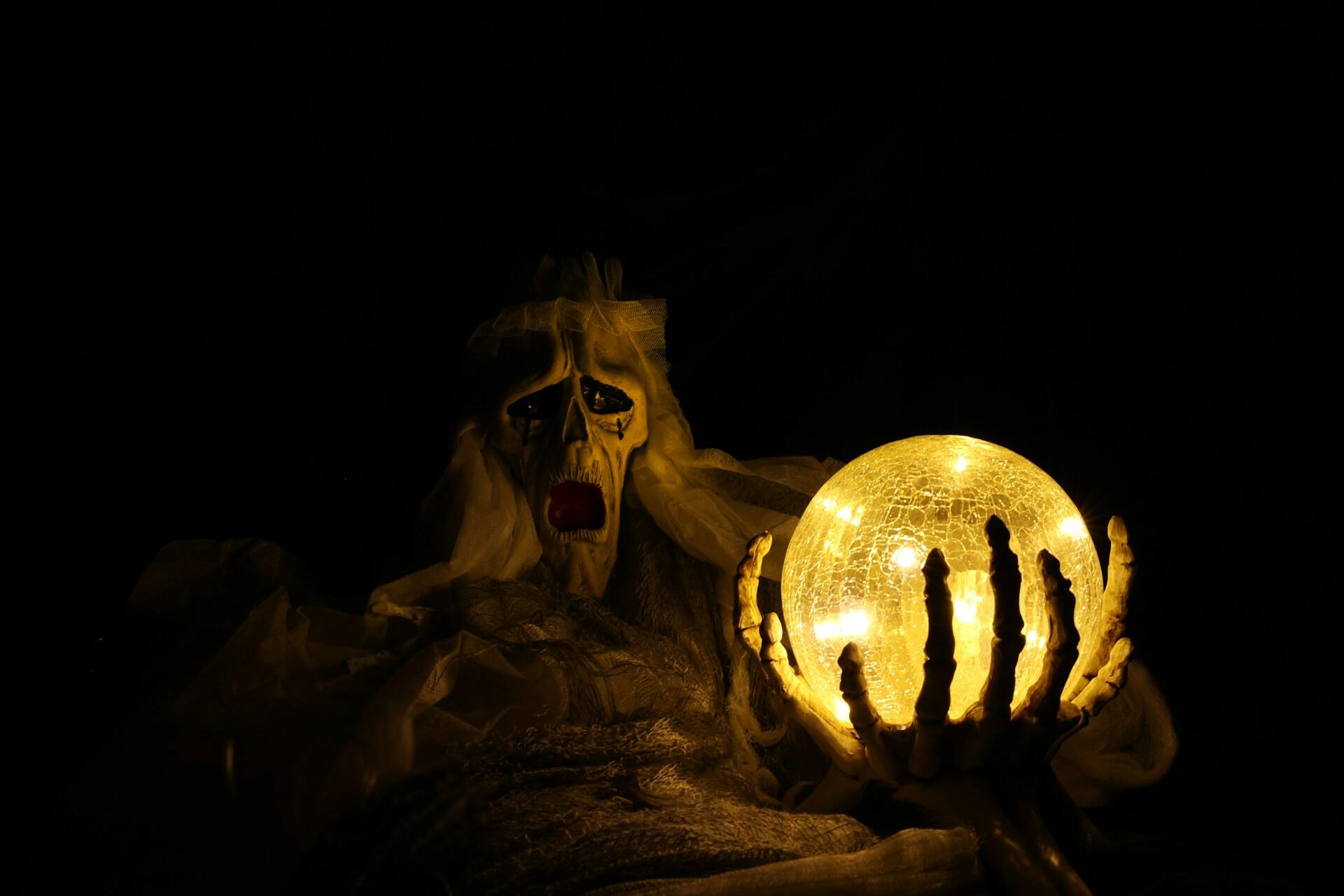
Moral Horror
Frankenstein's unchecked ambition is, in itself, a moral horror. Abandoning his creature and never owning up to its creation demonstrates a profound lack of empathy, as well as cowardice. Other moral horrors Frankenstein embodies include:
- his failure to take responsibility
- rejecting his creation
- failing to help his creation
- neglecting to give him a name
Often, Frankenstein's monster represents the same themes as vampires depicted in literature, such as social isolation. However, those vampires - individual or in a grouping - revel in their exclusion from the mainstream. Our monster arrives at a point where he doesn't mind being an outcast, but he does long for companionship.
Modern Monster Literature: Shelley's Influences
Mary Shelley's mother, Mary Wollstonecraft, died just days after baby Mary's birth. The extent that loss affected her is unknown, but we do know that she and her father had a close relationship.
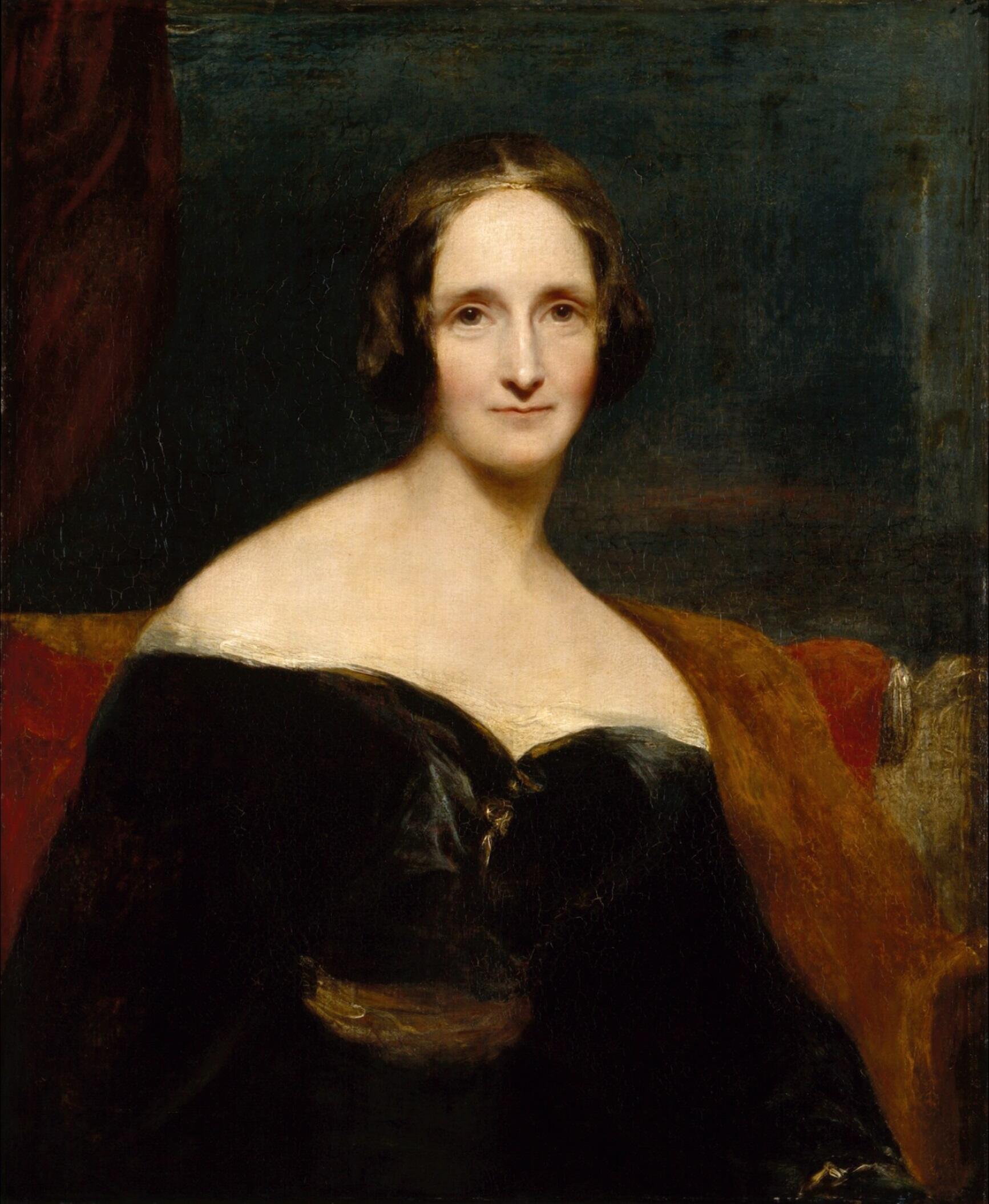
Her father's second wife resented the little girl's relationship with her husband. That resentment caused her father to pull away from her to favour his other children. This, she must have felt deeply, as Author Mary projected feelings of abandonment and rejection onto her monster.
Her father was quite famous as an author so Mary had exposure to the literary world, as well as other influential persons. As a writer himself, he cared about educating his daughter, but convention at the time dictated that girls needed no formal schooling.
Here, too, we see Mary's experiences reflected onto her monster, who also taught himself to read and write by observing others.
During the summer of 1816, Mary and Percy Shelley were visiting Lord Byron in Geneva. As the weather forced them indoors, their host proposed a contest to see who could write the best ghost story. Mary won; she was 18 years old.
As Mary Shelley was writing Frankenstein (in 1816), the First Industrial Revolution was in full swing. That period's advances in science and new electrical applications found their way into Mary's work. Other Revolution aspects wove their way into her tale:
- the tension between nature and technology
- the overreach of human ambition
- the fear of novelty (fear of the monster)
- social alienation - from rural community to urban anonymity
- the struggle for identity and belonging
- dehumanisation
- ethical science
- social responsibility
How Mary Shelley's Monster Compares With Earlier Monsters
Frankenstein's monster, like the Medieval monsters (Grendel, homunculi and others) who came before him, stand as reflections of humanity. But in many ways, Mary Shelley's monster is radically different.
Medieval monsters
- typically represent dark aspects of human nature
- generally the product of alchemy
- often descended from cursed lineages
- motivated by grudges, vengence or instinct
Mary's monster
- is a reflection on its creator
- generally the product of science
- created from spare parts
- motivated by a desire for understanding and companionship
The Monster Frankenstein: A Story for the Ages
The doctor IS the monster.
Encyclopaedia Britannica
Film versions typically call the scientist who creates the monster Doctor and refer to the monster as Frankenstein. This is a distortion of Mary Shelley's intent.
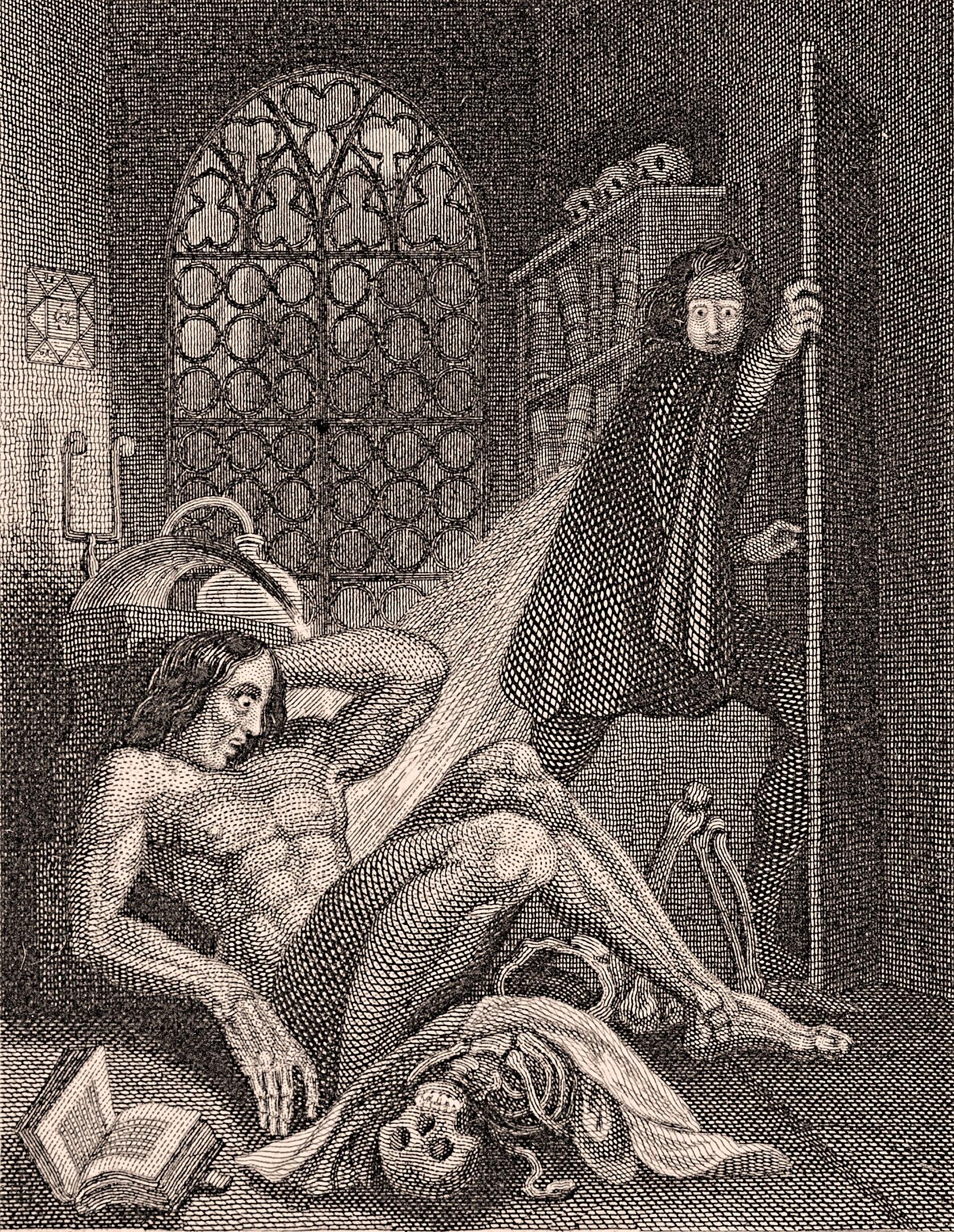
The book's title is Frankenstein, or, The Modern Prometheus. Greek mythology presents Prometheus as a giver of life. Thus, the title makes it clear that the story is about the 'doctor', not his creation, which further supports the notion that the human is monstrous.
He's monstrous for having created a being and then withdrawing affection and hope for its acceptance. He's monstrous for denying his creation a companion and mate, presuming that such a creature's offspring will be even more abominable.
Finally, he's monstrous for presuming the right to create life with no intention of sustaining or supporting it. These monstrous facts hit very close to home in the human track record.
Consider the historical preference for male heirs, the abandonment of 'defective' children, and the horrible effects of human experiments. So, it's understandable that Hollywood decided the creation should be the monster and the 'doctor' should be the victim.
The film industry has distorted Mary Shelley's works in other ways, too.
movie monster
- misshapen
- green
- bolts on his neck
- unable to speak
- mentally deficient
- bent on destruction
- incapable of feeling
book monster
- presumably created in the gods' image
- articulate
- sensitive
- intelligent and rational
- caring
- lonely and sad
Boris Karloff delivered the most enduring movie Frankenstein representation. On the other end of the scale, Mel Brooks' Young Frankenstein drew on the original story's absurdities. Those include the 'doctor's amazement that his creature lives, and his despondency at his experiment's initial failure.
Since the 1930s, when Mr Karloff frightened audiences, Mary Shelley's tale has been retold in countless ways. On the stage and screen, her monster has horrified and delighted audiences, by turns.
Other examples of Gothic fiction, particularly Dracula and the entire vampire lore, suffer the same treatment. Modern retellings of these tragic tales typically cast creatures as beings that ordinary humans must somehow survive encounters with.

